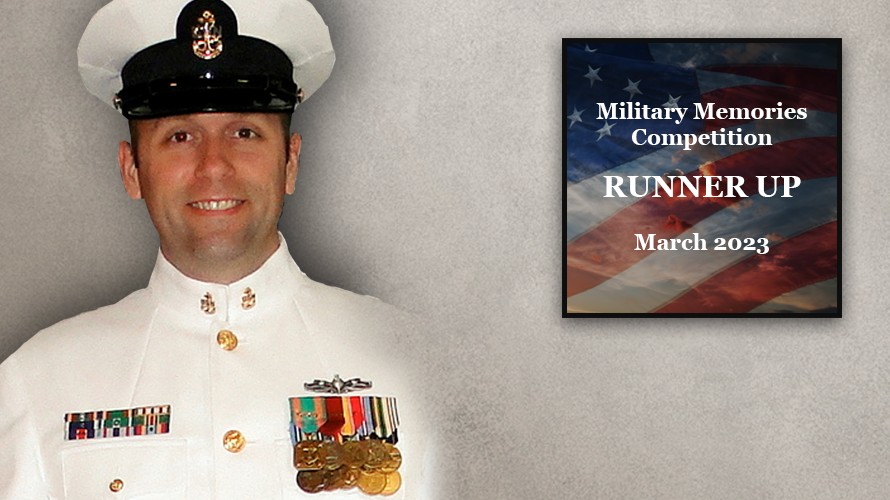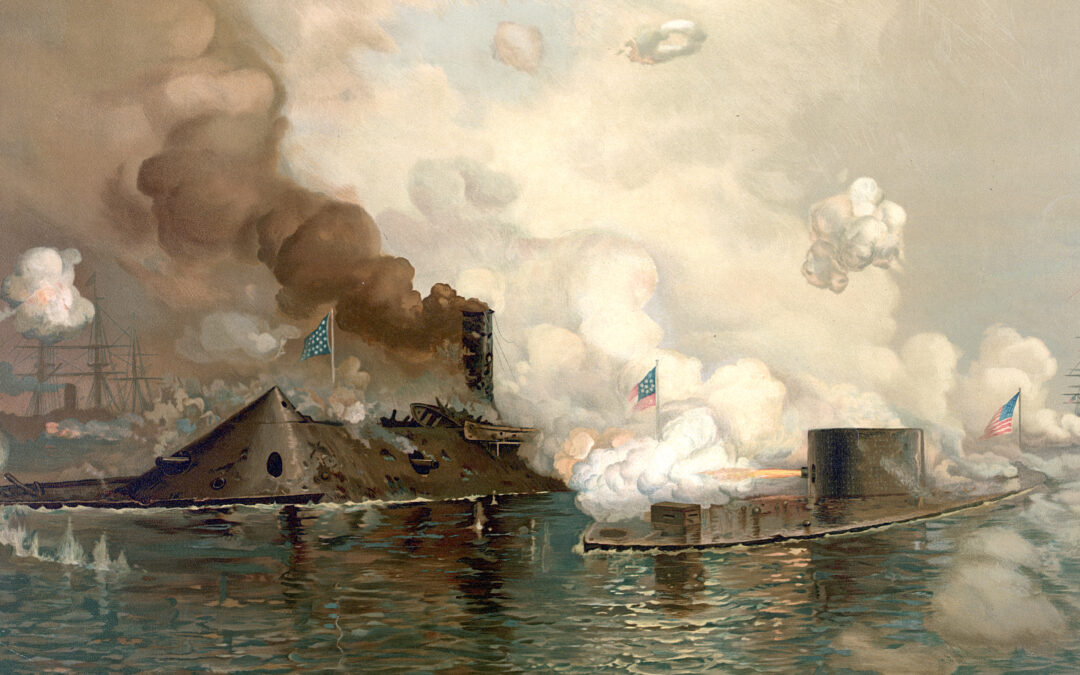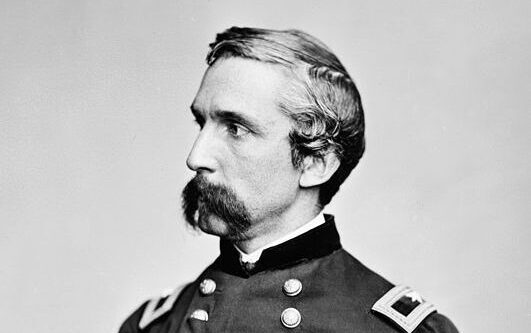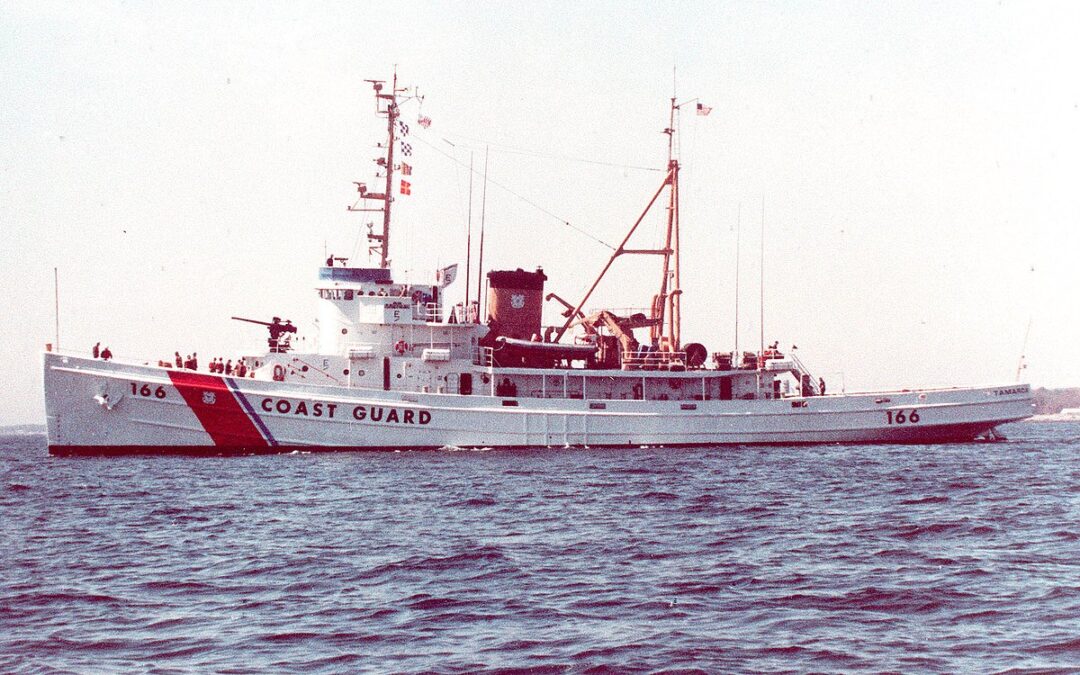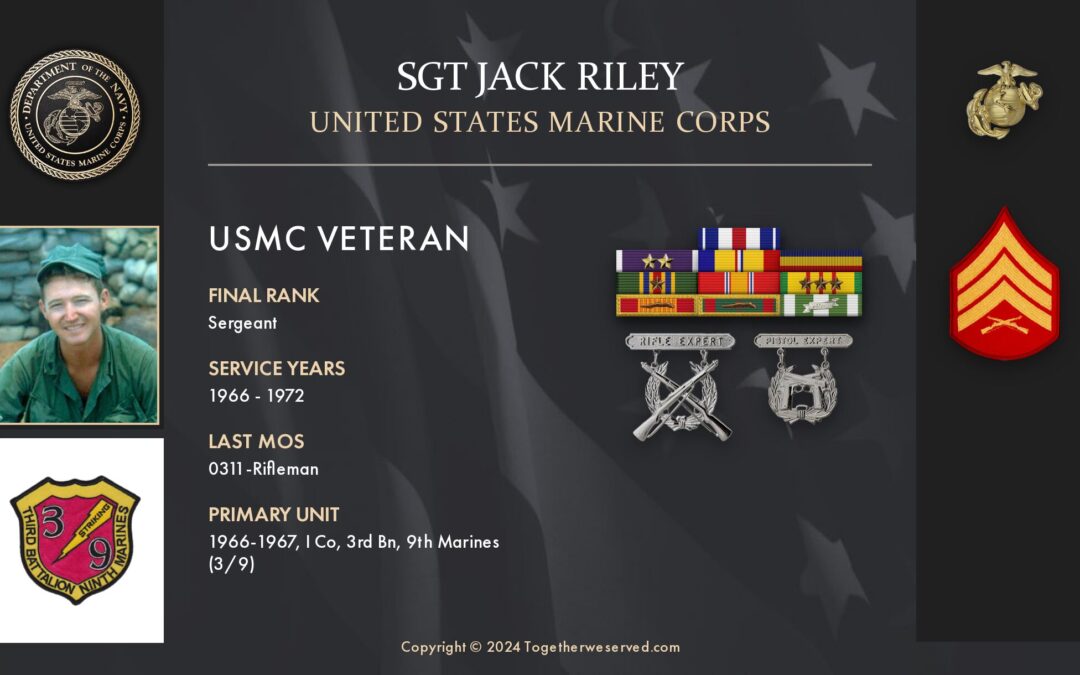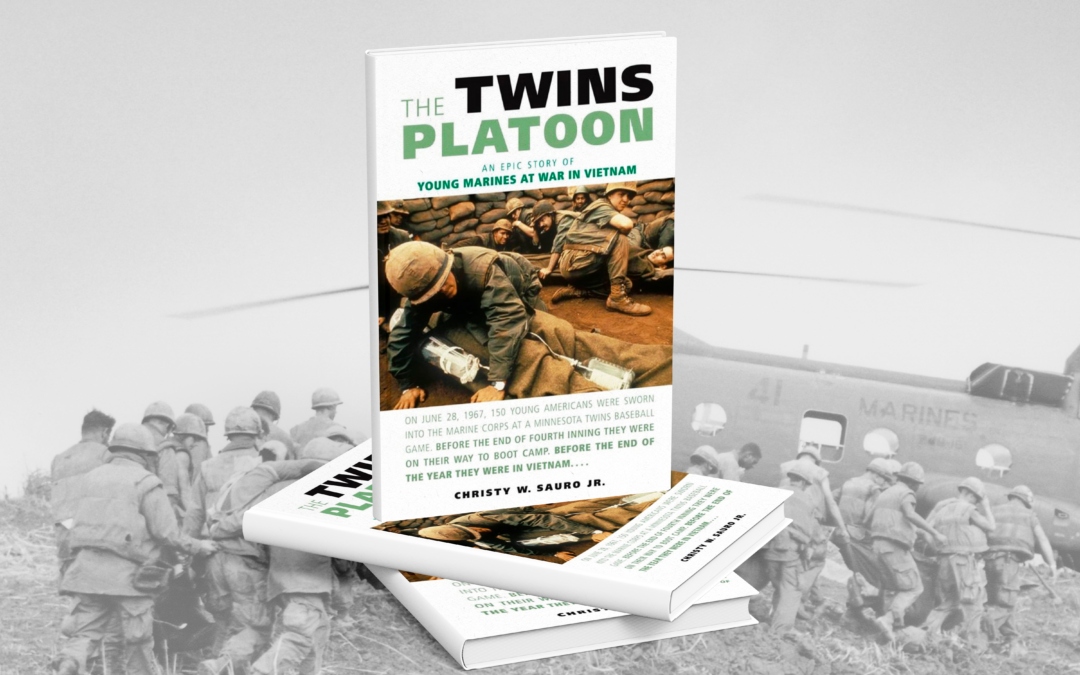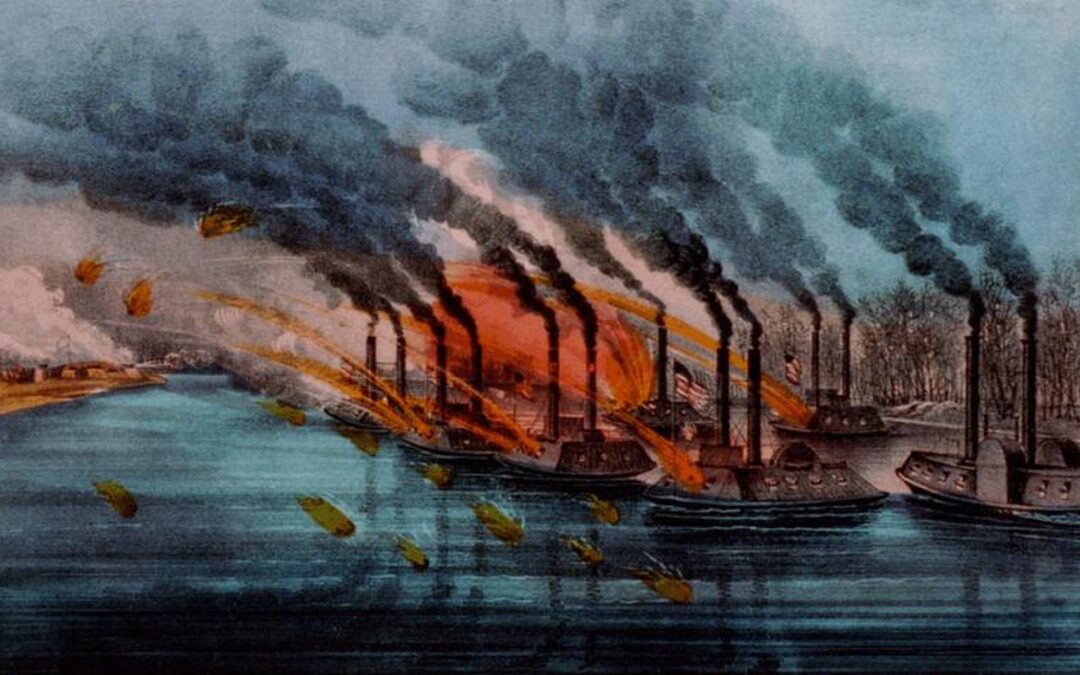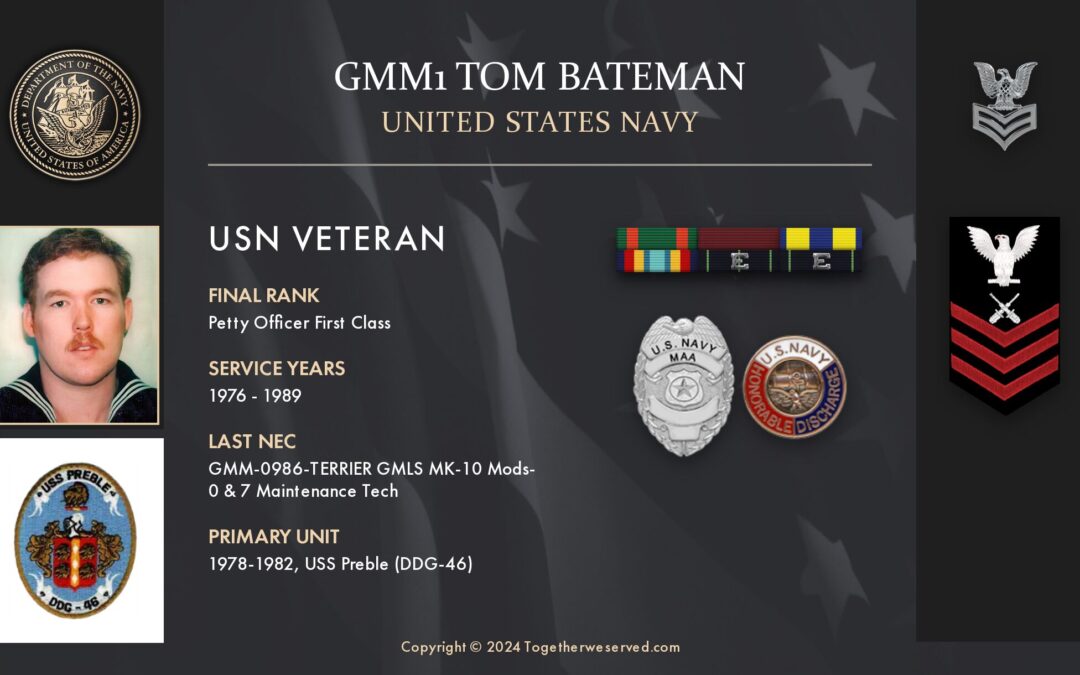Of all your duty stations you were assigned to from your Military Service, which one(s) do you have fondest memories of and why?:
It was a bright sunny day in Vietnam, and the word was out, “Bob Hope is coming to town!” The troops had waited all year to see Bob Hope, Les Brown and his Band of Renown, and of course, the “Gold Diggers.” On the day that the Christmas Show was to be given, my Squadron Commander summoned me to his office and gave me a mission. As the unit’s adjutant, I was used to getting some bazaar tasks, but this one was out in left field. The mission, “Captain, take this Black Cavalry Hat and personally give it to Bob Hope and asked that he wear it on stage.” Simple right? Wrong.

